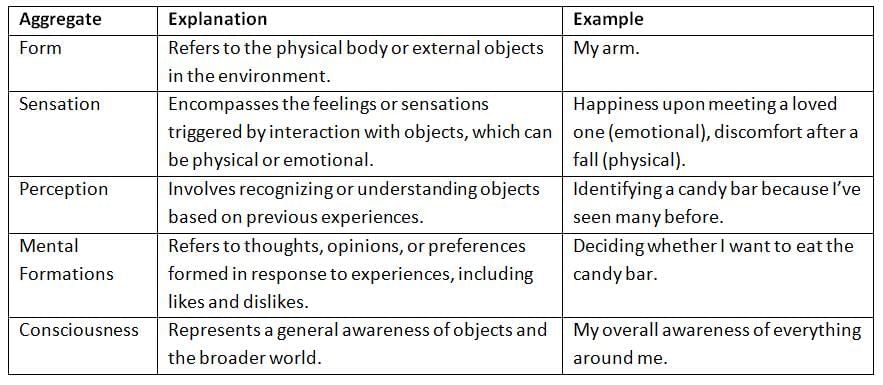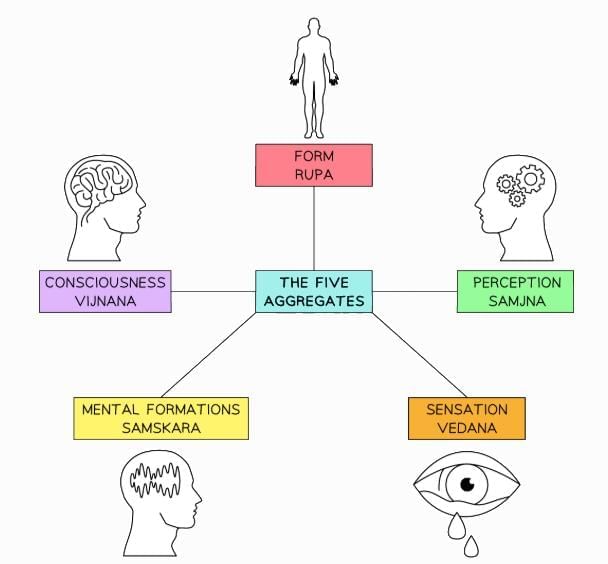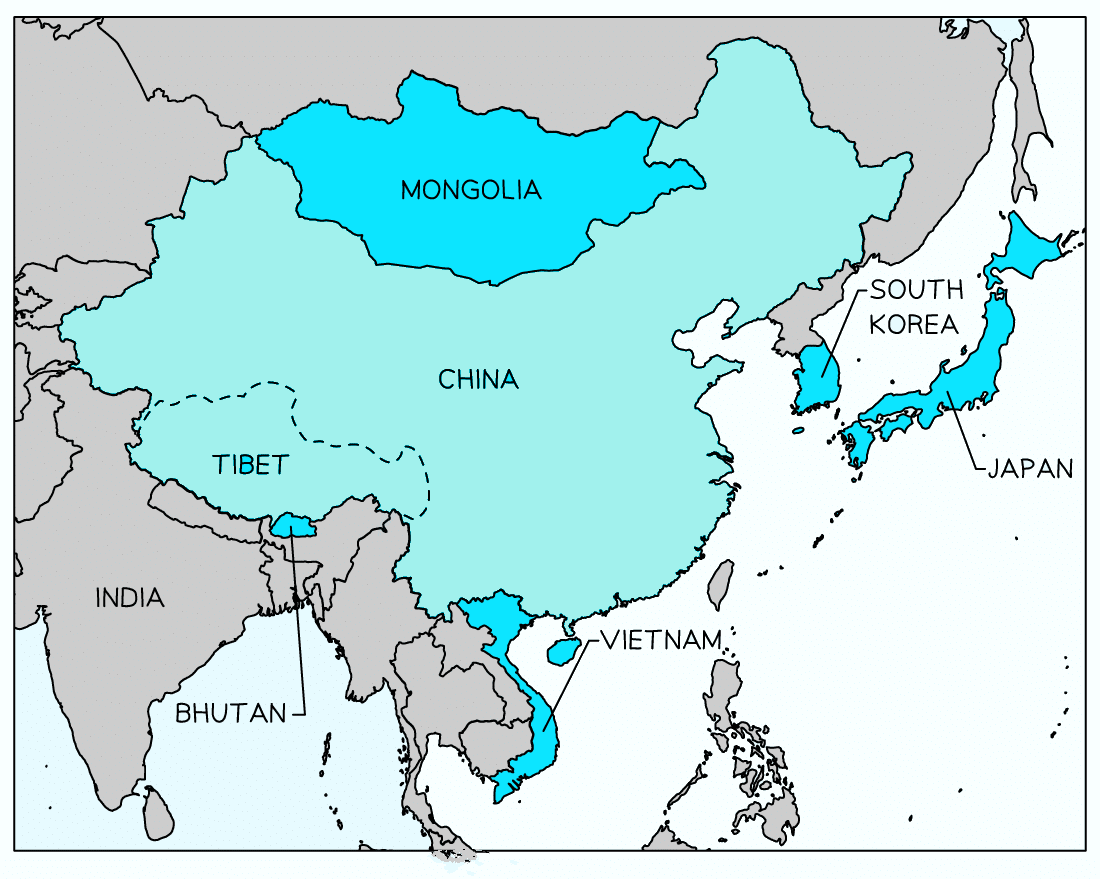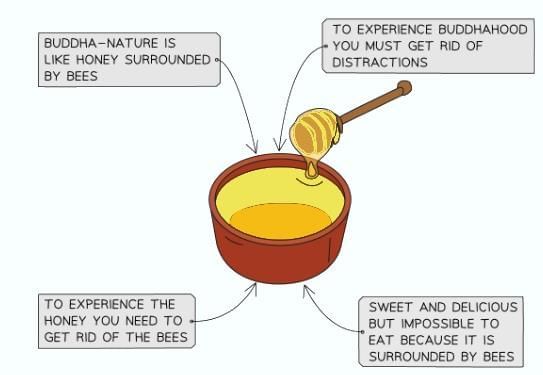Dhamma: The Human Personality | Religion, Philosophy & Ethics for GCSE/IGCSE - Year 11 PDF Download
| Table of contents |

|
| What is Theravada Buddhism? |

|
| The Concept of Human Personality in Theravada Buddhism |

|
| The Human Personality in the Mahayana Tradition |

|
| Buddha-Nature and the Path to Buddhahood |

|
What is Theravada Buddhism?
Theravada Buddhism is among the most ancient branches of Buddhism.
- It is often referred to as the “tradition of the elders.”
- The term “Theravada” comes from Pali, where “thera” translates to “elder” and “vada” to “school,” reflecting the language used in its core texts.
- This form of Buddhism is predominantly practiced in Southeast Asian nations such as Thailand, Sri Lanka, and Cambodia.
- Followers of Theravada strive to attain enlightenment and reach Nibbana.
Some individuals choose to become monks, dedicating their lives fully to the pursuit of enlightenment:
- After ordination, monks adhere to strict guidelines, emphasizing meditation, devotion to the Buddha, and adherence to the Eightfold Path to cultivate positive Kamma.
Certain Buddhists believe they can share their accumulated merit with others:
- This practice holds particular significance after someone’s passing.
- Relatives gather around the deceased, hoping to transfer their merit to ensure a beneficial rebirth for the departed.
The Concept of Human Personality in Theravada Buddhism
Theravada teachings describe humans as being composed of five interconnected components, known as the five aggregates or skandhas.
These components work together to shape an individual’s identity and personality.
The Five Aggregates

The Five Aggregates are Interlinked

The Human Personality in the Mahayana Tradition
Mahayana Buddhism encompasses various Buddhist traditions with shared characteristics. It includes practices like Pure Land Buddhism, Zen Buddhism, and Tibetan Buddhism. This branch is primarily found in countries such as China, Japan, and South Korea.
The main locations where Mahayana Buddhism is practised

The Concept of Human Personality in Mahayana Buddhism
A central idea in Mahayana Buddhism is Sunyata, or emptiness, which holds that nothing possesses an independent “soul” or “self”:
- All things are empty, relying on other entities for their existence.
- Nothing has a permanent, unchanging essence.
Understanding this interconnectedness can transform a person’s actions:
- It fosters compassion, selflessness, and trust.
- Recognizing the impermanence of all things reduces attachment, thereby alleviating suffering.
The concept of Sunyata can be illustrated with the analogy of a laptop:
- A laptop lacks a “soul” or a single essence that defines it.
A laptop is a good analogy for the nature of sunyata

Buddha-Nature and the Path to Buddhahood
Buddha-nature refers to the concept that every individual possesses the inherent potential or essence of a Buddha within them:
- This Buddha-nature may be concealed by ignorance, distractions, or worldly attachments.
- By comprehending the Buddha’s teachings (Dhamma), a person can attain enlightenment:
- This process reveals the Buddha-nature that has always been present.
- The primary goal for Mahayana Buddhists is to achieve Buddhahood, which means becoming a Buddha.
- The belief that everyone has the capacity to attain Buddhahood inspires Buddhists to practice meditation and cultivate generosity.
Buddhist scriptures illustrate Buddha-nature through the analogy of bees and honey:
- Buddha-nature is compared to honey, which is sweet and desirable but surrounded by a swarm of bees.
- As long as the bees are present, the honey cannot be accessed.
- To enjoy the honey, one must remove the bees.
- Similarly, to realize Buddhahood, a person must eliminate distractions.
Buddhist scripture compares Buddha-nature to honey surrounded by a swarm of bees

|
172 docs|3 tests
|
FAQs on Dhamma: The Human Personality - Religion, Philosophy & Ethics for GCSE/IGCSE - Year 11
| 1. What are the core teachings of Theravada Buddhism? |  |
| 2. How does the concept of human personality differ between Theravada and Mahayana Buddhism? |  |
| 3. What is Buddha-nature and its significance in the Mahayana tradition? |  |
| 4. How does Theravada Buddhism view the process of personal development and enlightenment? |  |
| 5. What role does meditation play in understanding human personality in Theravada Buddhism? |  |














